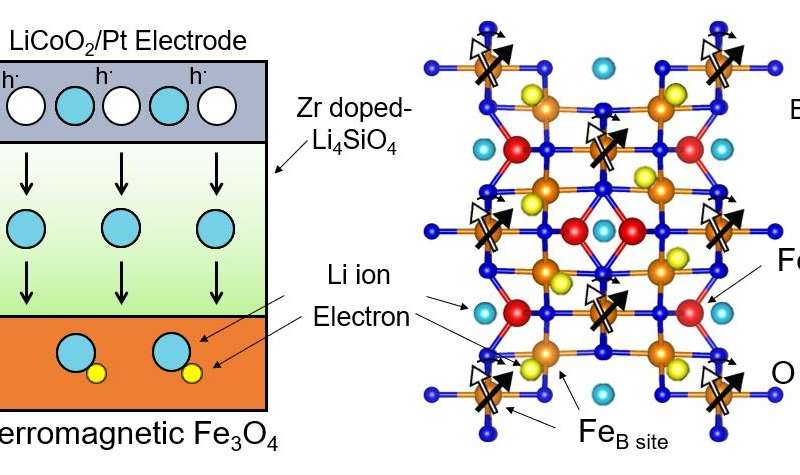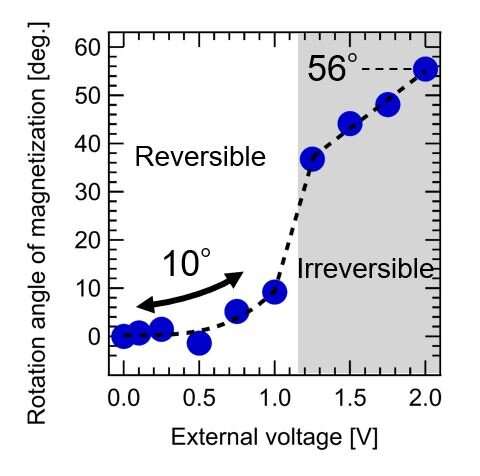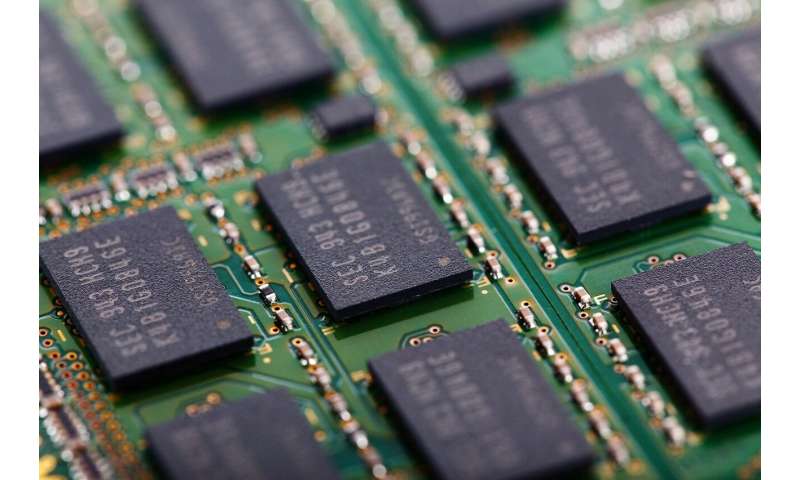
More than the very last few a long time, standard electronics has been fast reaching its specialized limits in computing and information and facts know-how, calling for ground breaking products that go beyond the mere manipulation of electron current. In this regard, spintronics, the research of devices that exploit the “spin” of electrons to complete functions, is a single of the hottest places in utilized physics. But, measuring, altering, and, in basic, performing with this essential quantum residence is no indicate feat.
Current spintronic devices—for case in point, magnetic tunnel junctions—suffer from limits these kinds of as high-ability usage, small operating temperatures, and significant constraints in material choice. To this conclusion, a workforce of experts at Tokyo University of Science and the Countrywide Institute for Supplies Science (NIMS), Japan, has recently printed a review in ACS Nano, in which they present a surprisingly straightforward yet effective strategy to manipulate the magnetization angle in magnetite (Fe3O4), a typical ferromagnetic substance. The staff fabricated an all-solid reduction-oxidation (“redox”) transistor that contains a thin film of Fe3O4 on magnesium oxide and a lithium silicate electrolyte doped with zirconium (Fig. 1). The insertion of lithium ions in the strong electrolyte manufactured it possible to realize rotation of the magnetization angle at room temperature and drastically alter the electron provider density. Associate Professor Tohru Higuchi from Tokyo University of Science, one particular of the authors of this posted paper, states “By implementing a voltage to insert lithium ions in a stable electrolyte into a ferromagnet, we have designed a spintronic product that can rotate the magnetization with reduced ability usage than that in magnetization rotation by spin present injection. This magnetization rotation is prompted by the transform of spin-orbit coupling owing to electron injection into a ferromagnet.”
Compared with former makes an attempt that relied on applying solid exterior magnetic fields or injecting spin-personalized currents, the new approach leverages a reversible electrochemical reaction. Soon after making use of an external voltage, lithium ions migrate from the leading lithium cobalt oxide electrode and by the electrolyte ahead of achieving the magnetic Fe3O4 layer. These ions then insert them selves into the magnetite composition, forming LixFe3O4 and creating a measurable rotation in its magnetization angle owing to an alteration in demand carriers.

This outcome authorized the scientists to reversibly alter the magnetization angle by approximately 10°. Though a a great deal better rotation of 56° was obtained by upping the exterior voltage additional, they found that the magnetization angle could not be switched back fully (Fig. 2). “We identified that this irreversible magnetization angle rotation was prompted by a change in the crystalline construction of magnetite thanks to an excessive of lithium ions,” clarifies Higuchi, “If we could suppress these types of irreversible structural variations, we could realize a noticeably greater magnetization rotation.”
The novel unit produced by the researchers signifies a huge stage in the command of magnetization for the advancement of spintronic units. What’s more, the structure of the product is rather very simple and straightforward to fabricate. Dr. Takashi Tsuchiya, Principal Researcher at NIMS, the corresponding creator of the study claims, “By managing the magnetization direction at place temperature owing to the insertion of lithium ions into Fe3O4, we have built it achievable to work with a lot lower ability usage than the magnetization rotation by spin current injection. The designed element operates with a uncomplicated composition.”

Though extra get the job done stays to be finished to get entire edge of this new gadget, the imminent rise of spintronics will definitely unlock numerous novel and impressive apps. “In the future, we will check out to accomplish a rotation of 180° in the magnetization angle,” claims Dr. Kazuya Terabe, Principal Investigator at the Worldwide Centre for Components Nanoarchitectonics at NIMS and a co-author of the analyze, “This would allow us generate large-density spintronic memory equipment with large potential and even neuromorphic units that mimic organic neural systems.” Some other apps of spintronics are in the hugely coveted discipline of quantum computing.
Only time will inform what this frontier know-how has in line for us!
Small-present, hugely integrable spintronics unit formulated
Wataru Namiki et al, Room-Temperature Manipulation of Magnetization Angle, Accomplished with an All-Stable-State Redox Product, ACS Nano (2020). DOI: 10.1021/acsnano.0c07906
Citation:
Controlling magnetization direction of magnetite at room temperature (2020, November 17)
retrieved 9 December 2020
from https://phys.org/information/2020-11-magnetization-magnetite-place-temperature.html
This document is issue to copyright. Aside from any honest dealing for the purpose of non-public research or research, no
aspect may be reproduced without having the composed authorization. The written content is furnished for data needs only.




More Stories
eSIMs for Tourists of India
(CETX), (CSCW) – 12 Details Technological know-how Shares Relocating In Wednesday’s After-Current market Session
(BRQS), (CLSK) – 12 Information Technologies Shares Moving In Wednesday’s Right after-Market place Session